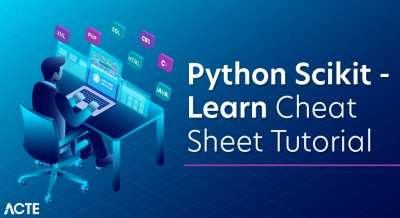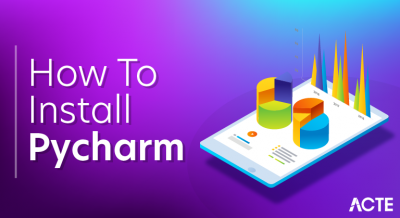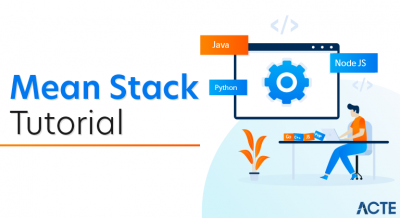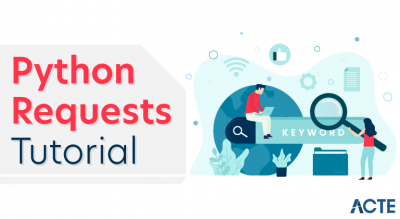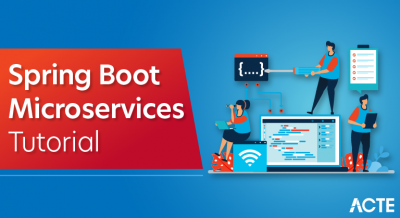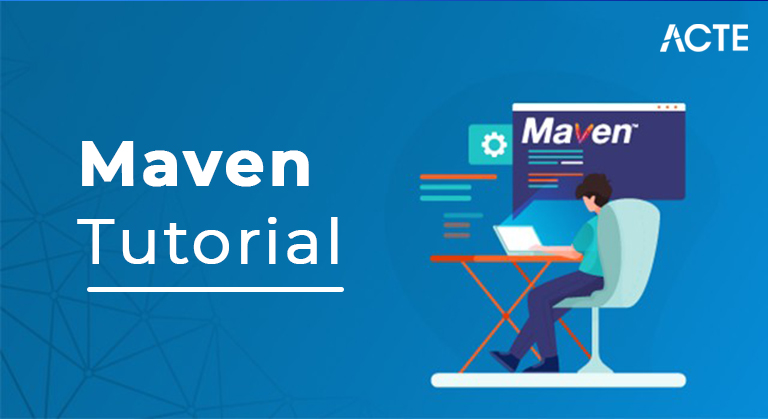
- What is Maven?
- Mailing list
- Expert Evolution
- Objective
- Show over Configuration
- Expert life cycle
- Demo Project
- Features of Maven
- Understanding the issue without Maven
- What it does?
- What is Build Tool?
- Expert Repository
- Why Use Maven?
- Conclusion of SAP Fiori
- Assembles
- Documentation
- Announcing
- Conditions
- SCMs
- Discharges
- Conveyance
- Expert was initially intended to work on building processes in Jakarta Turbine project. There were a few activities and each venture contained marginally unique ANT construct documents. Containers were looked into CVS.
- Apache bunch then, at that point, created Maven which can fabricate numerous ventures together, distribute projects data, convey projects, share JARs across a few tasks and help in joint effort of groups.
- A thorough model for projects, which is reusable, viable, and simpler to appreciate.
- Modules or instruments that associate with this definitive model.
- Expert venture construction and substance are proclaimed in a xml record, pom.xml, alluded as Project Object Model (POM), which is the crucial unit of the whole Maven framework. In later parts, we will clarify POM exhaustively.
- compiler:compile – assemble stage
- compiler:test – test-assemble stage
- surefire:test – test stage
- install:install – introduce stage
- container and war:war – bundle stage
- vershadow – Enterprise Edition adaptation 4.12.0
- Java – adaptation 1.8.0_211
- Expert – rendition 3.6.1
- Open Eclipse and go to Help. In Help click on the Eclipse commercial center.
- Type TestNG in the Find box and snap on Go. In the outcomes, you will see “TestNG for Eclipse”. You want to download it.
- In Eclipse, click on File – > New – > Maven Project.
- Click on Create a basic project(skip original choice) and afterward click on straightaway.
- Presently you will see a window with boundaries like Group Id, Artifact Id, etc.
- Bunch Id is the interesting Id of a gathering that claims the task.
- Antique Id is the name of the last arrangement unit.
- Adaptation is the variant of the made curio. Depiction shows work underway.
- pom.xml
- src and target
- src/primary/java
- src/test/java
- Expert conditions
- Basic venture arrangement that follows best practices.
- Predictable utilization across all projects.
- Reliance the executives including programmed refreshing.
- An enormous and developing vault of libraries.
- Extensible, with the capacity to handily compose modules in Java or prearranging dialects.
- Moment admittance to new highlights with almost no additional design.
- Expert improves on the previously mentioned issues. It does principally following assignments.
- It makes a task simple to assemble
- It gives uniform form process (expert undertaking can be shared by all the expert activities)
- It gives project data (log archive, cross referred to sources, mailing list, reliance list, unit test reports and so on)
- It is not difficult to relocate for new highlights of Maven
- Constructs
- Documentation
- Reporing
- SCMs
- Discharges
- Appropriation
- Creates source code (if auto-produced code is utilized)
- Produces documentation from source code
- Orders source code
- Bundles ordered code into JAR of ZIP record
- Introduces the bundled code in neighborhood archive, server store, or focal storehouse
- Neighborhood Repository
- Far off Repository
- Focal Repository
- The neighborhood vault is situated in our nearby framework – for the most part in .m2 (C:/Users/superdev/.m2) catalog which shows its essence whenever Maven is introduced in our framework and we have had the option to effectively execute a Maven order.
- It is additionally conceivable to adjust this area in settings.xml (MAVEN_HOME/conf/settings.xml) with the assistance of the localRepository tag.
- Underneath xml code piece, tells the best way to change the areas of the neighborhood storehouse:
- Distant storehouse is additionally facilitated on the web. In certain situations, an organization can foster its own distant vault and perform arrangements on their private tasks. These will be possessed by that particular organization and can be worked distinctly inside it.
- The far off archive has comparative working examples like a focal store. At whatever point any conditions or setups are needed from these stores, they will initially be downloaded into our nearby and afterward utilized.An example xml code for far off storehouse with the id and url is displayed beneath.
- Expert plays out the underneath exercises:
- Store to get the conditions.
- Having a comparable envelope structure across the association.
- Mix with Continuous Integration instruments like Jenkins.
- It gives data on how the product/project is being created.
- The form cycle is simplified and predictable.
- Gives rules to the prescribed procedures to be continued in the task.
- Upgrades project execution.
- Simple to move to new properties of Maven.
- Combination with form control instruments like Git.
- Expert deals with processes like deliveries, circulation, detailing, fabricates, documentation, and SCMs. Expert associates with the Maven Central vault and loads them in neighborhood. A portion of the IDEs that help project advancement with Maven are NetBeans, Eclipse, IntelliJ, etc.
- Expert ought to be utilized in our activities in the accompanying situations:
- Assuming the task requires an enormous number of conditions.
- Assuming the variant of the conditions needs incessant up-degree.
- On the off chance that the venture needs to have fast documentation, assembling and bundling of the source code into JAR or ZIP records.
What is Maven?
Expert is a venture between the executives and understanding apparatus that gives engineers a total form lifecycle structure. Advancement group can robotize the venture’s construct foundation in the blink of an eye as Maven utilizes a standard registry format and a default assemble lifecycle.
If there should arise an occurrence of numerous advancement groups climate, Maven can set-up the method for functioning according to norms in an exceptionally brief time frame. As the greater part of the venture arrangements are straightforward and reusable, Maven makes life of engineer simple while making reports, checks, assemble and testing computerization arrangements.
Expert gives engineers ways of dealing with the accompanying −
Mailing list:
To sum up, Maven streamlines and normalizes the venture fabricate process. It handles gathering, circulation, documentation, group coordinated effort and different assignments consistently. Expert expands reusability and deals with the greater part of the form related assignments.
Expert Evolution:
Objective:
The essential objective of Maven is to give designer the accompanying −
Show over Configuration:
Expert uses Convention over Configuration, and that implies designers are not needed to make assemble process themselves. Designers don’t need to specify every single setup detail. Expert gives reasonable default conduct to projects. At the point when a Maven project is made, Maven makes default project structure. Engineer is simply needed to put documents in like manner and he/she really want not to characterize any setup in pom.xml.
For instance, following table shows the default esteems for project source code documents, asset records and different arrangements. Accepting, ${basedir} indicates the undertaking area −
ItemDefault source code ${basedir}/src/principle/java Resources ${basedir}/src/principle/assets Tests ${basedir}/src/test Agreed byte code ${basedir}/target distributable JAR ${basedir}/target/classesTo fabricate the venture, Maven furnishes designers with choices to make reference to life-cycle objectives and task conditions (that depend on Maven module abilities and on its default shows). A large part of the venture the board and fabricate related undertakings are kept up with by Maven modules. Designers can fabricate any given Maven project without the need to see how the individual modules work. We will examine Maven Plugins exhaustively in the later parts.
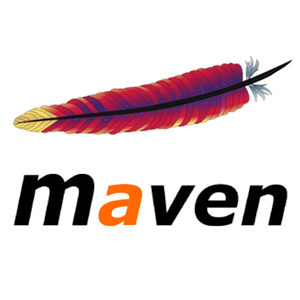
Expert life cycle:
There is a particular life cycle that Maven follows to convey and disseminate the objective venture.
There are three inherent life cycles:
default – This is the fundamental life pattern of Maven as it is answerable for project sending.
clean – This life cycle is utilized to clean the venture and eliminate all documents produced by the past form.
site – The point of this life cycle is to make the venture’s site documentation.
Every life cycle is comprised of a succession of stages. The default construct life cycle comprises of 23 stages as it is the primary form life pattern of Maven.
Then again, clean life cycle comprises of 3 stages, while the site life cycle is comprised of 4 stages. A Maven stage is only a phase in the Maven construct life cycle. Each stage executes a particular undertaking. The following are a couple of significant stages in the default construct life cycle:
approve – This stage checks assuming all data essential for the form is accessible
aggregate – This stage orders the source code
test-aggregate – This stage orders the test source code
test – This stage runs unit tests
bundle – This stage bundles aggregated source code into the distributable configuration (container, war)
reconciliation test – This stage processes and conveys the bundle if necessary to run incorporation tests
introduce – This stage introduces the bundle to a nearby storehouse
send – This stage duplicates the bundle to the distant storehouse
Expert executes eases in a particular request. This intends that assuming we run a particular stage utilizing the order, for example, mvn <'phase>, this will not just execute the predetermined stage yet every one of the first stages also.
For instance, assuming you run the order mvn send, that is, the convey stage which is the last stage in the default assemble life cycle, then, at that point, this will execute all stages preceding the convey stage too.
Expert GoalsA succession of objectives establishes a stage and every objective executes a particular errand. At the point when you run a stage, then, at that point, Maven executes every one of the objectives in a request that are related with that stage. The language structure utilized is plugin:goal. A portion of the stages and the default objectives bound to them are as per the following:
A Maven module is a gathering of objectives. Notwithstanding, these objectives aren’t really completely bound to a similar stage. For instance, the Maven Failsafe module which is answerable for running joining tests. For unit testing, you want Maven dependable module.
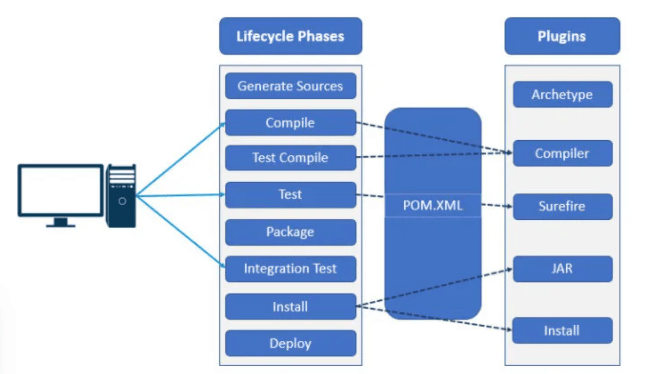
Demo Project:
In this segment of the Maven instructional exercise, we will view a demo project. To show how to assemble a task utilizing Maven, I have made a Selenium Java project alongside TestNG utilizing Eclipse IDE. This is an exceptionally basic program where I have composed code to test the title of a site. The program will naturally send off an internet browser, explore to the site referenced in the code, get the title of that website page and contrast it and the normal title. In the event that the real title and the normal championship, the experiment passes else it comes up short. So for this project you want Java, Maven and Eclipse downloaded on your framework. The renditions that I am utilizing on my framework are as per the following –
Aside from this, you really want to download TestNG module for Eclipse and you can download it utilizing following advances –
After you set up your framework with the previously mentioned things you are good to go to make a demo project utilizing Maven. So presently I will let you know every one of the means needed.
Bundling could be container, war or pom relying upon your venture. For our task, we will choose container. Then, at that point, give the name of your task. When you make the task then you will see the undertaking design of your Maven project. Here you can see the accompanying things –
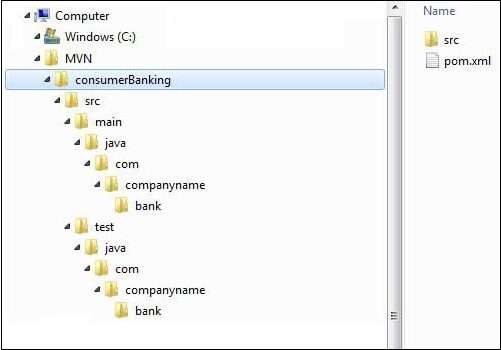
Features of Maven:
Model-based forms − Maven can incorporate quite a few activities into predefined yield types like container, war, metadata.
Sound webpage of venture data − Using a similar metadata according to the form interaction, expert can produce a site and a PDF including total documentation.
Discharge the executives and conveyance distribution − Without extra design, expert will incorporate with your source control framework like CVS and deals with the arrival of an undertaking.
In reverse Compatibility − You can without much of a stretch port the various modules of an undertaking into Maven 3 from more seasoned renditions of Maven. It can uphold the more established forms moreover.
Programmed parent forming − No compelling reason to determine the parent in the sub module for upkeep.
Equal forms − It dissects the task reliance chart and empowers you to assemble plan modules in equal. Utilizing this, you can accomplish the presentation upgrades of 20-half.
Better Error and Integrity Reporting − Maven further developed mistake announcing, and it furnishes you with a connection to the Maven wiki page where you will get full portrayal of the blunder.
Understanding the issue without Maven:
There are numerous issues that we face during the venture advancement. They are talked about underneath:
1) Adding set of Jars in each undertaking: in the event of swaggers, spring, sleep systems, we really want to add set of container documents in each task. It should incorporate every one of the conditions of containers too.
2) Creating the right venture structure: We should make the right undertaking structure in servlet, swaggers and so on, if not it won’t be executed.
3) Building and Deploying the task: We should need to assemble and convey the venture with the goal that it might work.
What it does?
Apache Maven assists with making due:
What is Build Tool?
A form apparatus deals with everything for building an interaction. It does following:
Expert Repository:
Expert Repository can be of three sorts:
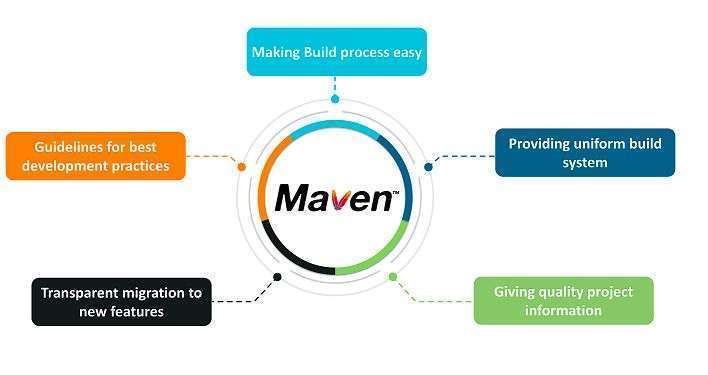
When Maven peruses the conditions from the POM record, it initially look through them in the neighborhood store, then, at that point, to the focal, lastly to the distant vault. In the event that the conditions are not found in any of the three archives, then, at that point, the client is informed with a mistake and the cycle is halted.
Neighborhood Repository
Focal Repository
Focal archive is created by the Apache Maven bunch and is facilitated on the web. This is considered as the focal vault and it has every one of the normal libraries. Like a nearby archive, we can likewise adjust where they are to be downloaded of course by changing the setting.xml.
Far off Repository
Why Use Maven?
Modules for test execution:
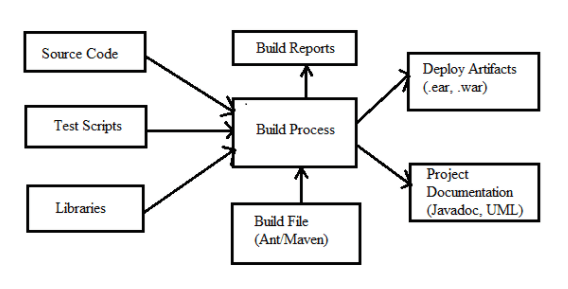
Conclusion:
We trust that you found out about what expert is, the reason we use Maven, functional strides on Maven, Maven cycles, Phases, Goals, Basic phrasings on Maven, and the Types of Maven storehouses. In our next instructional exercise, we will investigate how to construct a venture in Maven, climate set up for Maven, and numerous other related themes.


